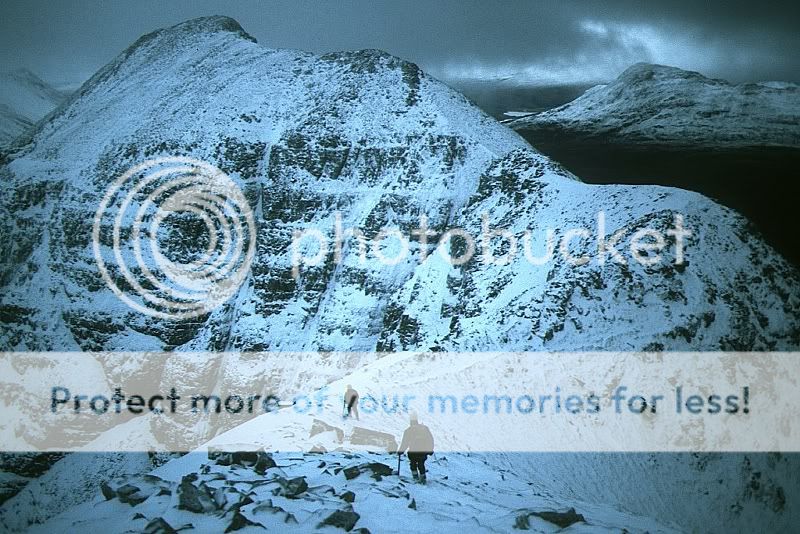A superb set, I just wish I had the skill and the dedication to getting such great captures.
I read you use spot metering most of the time. Excuse my ignorance, but I have only ever used spot for portrait or moon shots. Can you enlighten me (as it obviously works a treat) to exactly where you are taking a spot reading from in your landscape shots??
Do you use foreground, a prominent feature, a distant hill or readings from all and decide. I'd love to get some good landscapes on my forthcoming USA trip.
MTIA
Thanks very much

As much as I would love to give you a quick and easy technique how to spot meter scene unfortunatly there is no such thing and you need to understand exactly how your meter works before using it properly. Let me explain myself.
Most of us know after learning the basics of exposure that for the balanced exposure in matrix meter mode the needle should sit in the middle of the meter reading in your viewfinder. This is also true of the partial meter mode but it is not true in spot metering and this is where the most mistakes are made. Don't get me wrong sometimes you may meter off a subect that requires the needle to be in the centre but you have to know when. Most of the meter readings I take are not centred at all.
The spot meter it's self is the dumbest exposure reading your camera offers. The matrix meter is way more intellegent and makes an evaluation of the scene by breaking it down into segments. It gathers a meter reading from all these segments then finds the average based on the brightest and darkest readings. Modern digital camera are even more intellegent as the not only do this but they use the information taken from the readings and put it through a mini database of similar matrix readings and tries it's best to guess what you are trying to do based on a database of photograph exposures that work well creatively with these readings. Hope that makes sence

The partial meter does the same but this time the evaluation is taken from a smaller number of segments towards the center and ignoring the edges of the scene. Both these settings most of the time make a good balanced exposures but sometimes in certain lighting conditions or strong predominant colours it might not produce what you expected. You can of coarse learn to try and predict how the matrix meter will calculate the scene and use your exposure compensation but there is still no guarantee that you will get it right and newer cameras may fool you again by using a different database and not producing the same exposure you old camera did. The spot meter does no evaluation at all. It just gives a single reading based on the spot at the center of your viewfinder. Auto mode is off now and you need to understand how the meter works with an idea of your cameras dynamic range to give you full control over the exposure you want.
When you have full control of the camera (instead of vice versa) you can not only nail a balanced exposure first time but YOU get to choose the exposure creatively. Once you understand it a whole new world of possibilities opens up to you as you start to see the world through limited range of light that your camera can see. It is at this point you being to realise that a restrictive dynamic range is not a disadvantage but a way of playing with the light in a scene to your creative advantage. Most of the world's best photography was taken by photographers that not only knew this but learnt to predict it so well that they saw the world as the way a camera would and then used that to their advantage.
There is no such thing as "the correct exposure". There may be a best balanced exposure for any one scene but that doesn't mean it will produce effect you want or indeed be the most attractive exposure of the available light.
You need to learn how to read a scene and decide how you want to expose it then using the spot meter understand how each element will be reproduced given the reading you see. Unfortunatly the scope of this is to big for me to cover here and there are better sources of information already available on the net. Here's one from a quick and dirty search I did:
http://www.kodak.com/cluster/global/en/consumer/products/techInfo/af9/index.shtml#54488 Although having a quick peep through this I see it's not the best way to explain it sorry

There are probably better explanations out there.
It finally clicked for me when I read "the zone system" from Ansel Adam's book "the negative". You can make a good argument why the zone system is not really useful these days as parts of it do not fit in to modern digital colour photography but it does make you understand exposure and how your camera's meter works. Not only does the brightness of your subject have an effect on your meter reading but so does colour. You need to be able to recognise this and cater for it.
Right I am going to stop there or I will babble of forever





